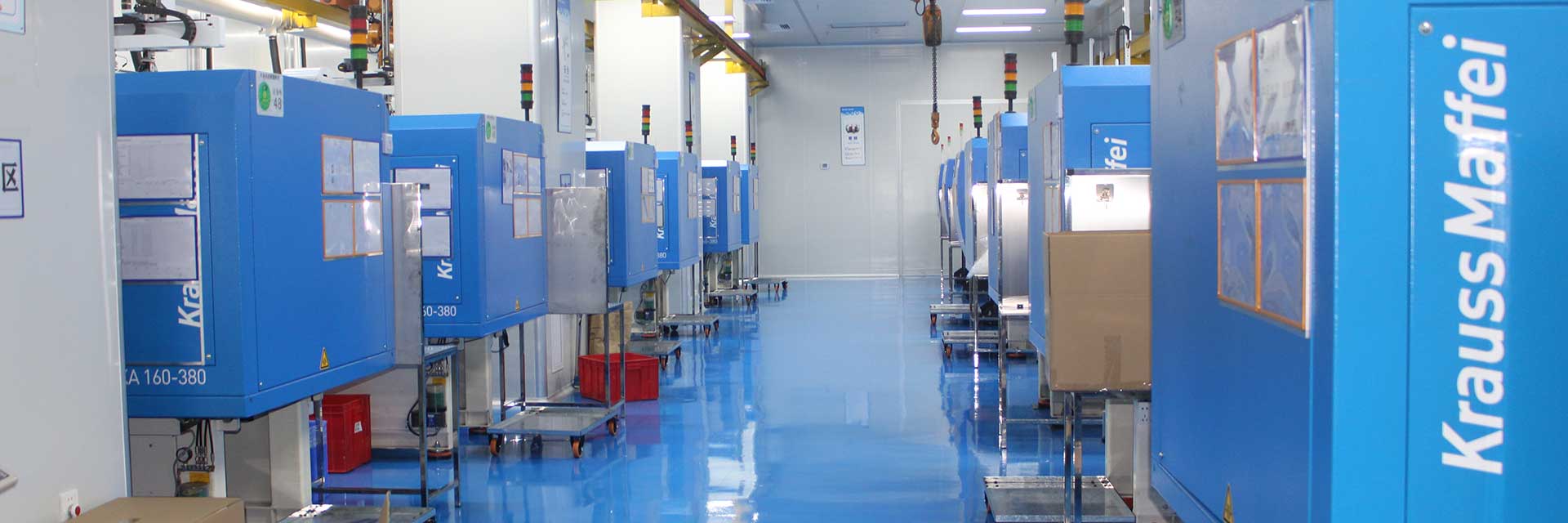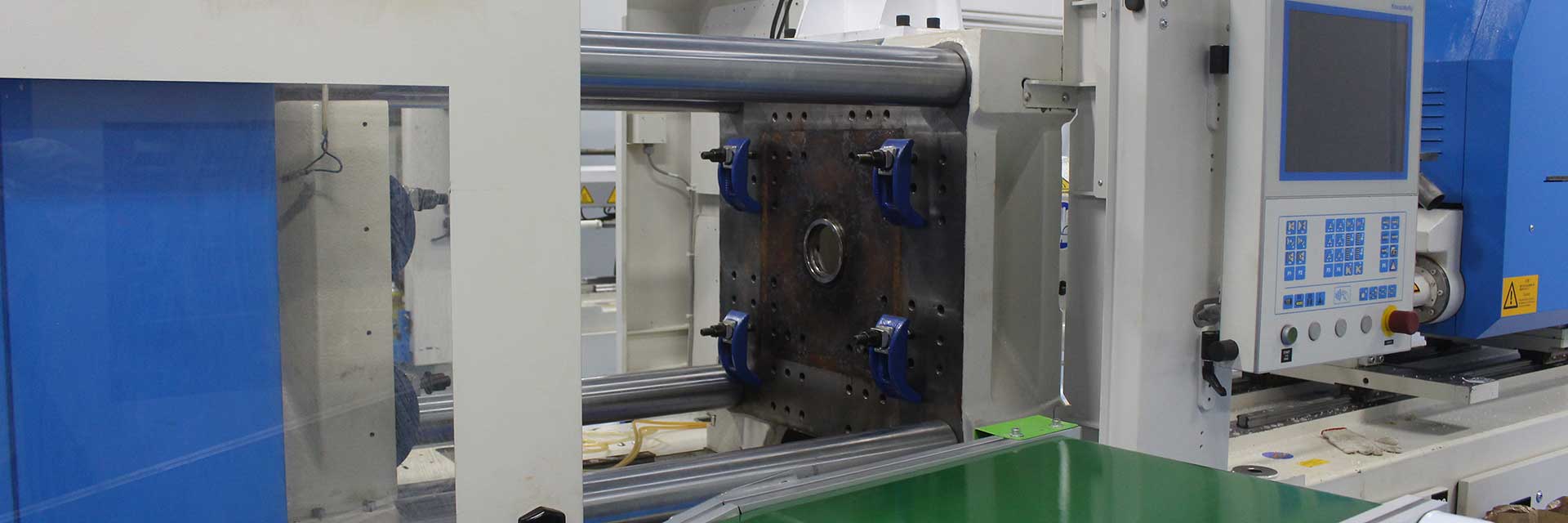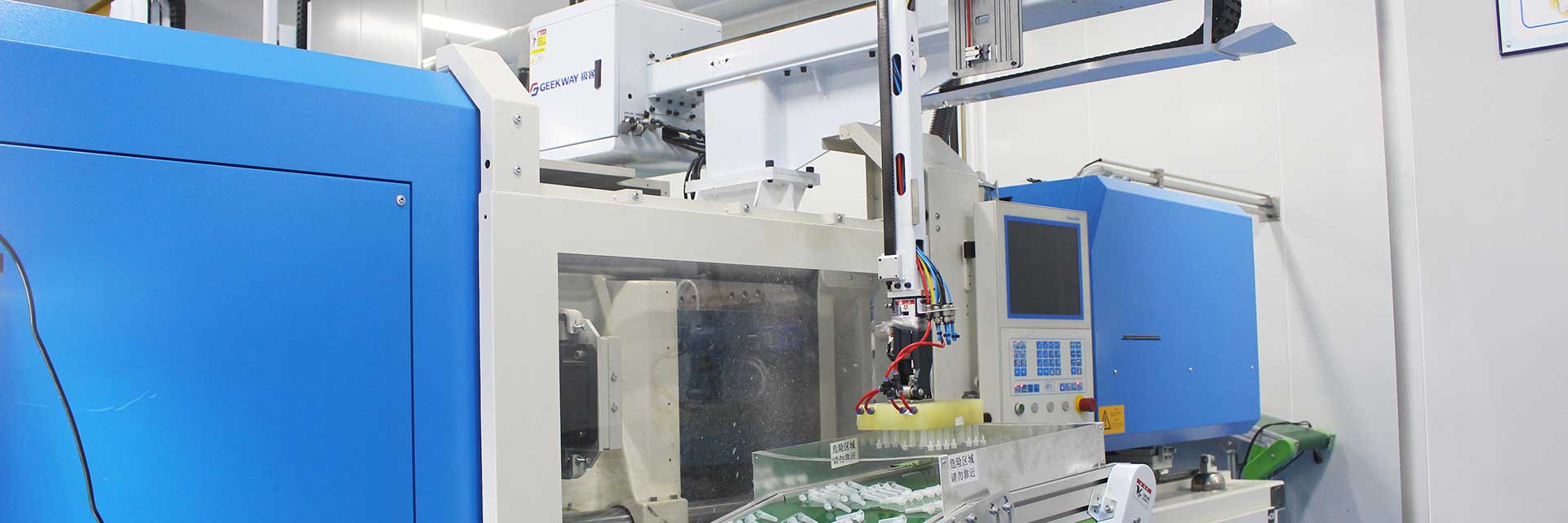Maximizing the efficiency of quality control in manufacturing requires implementing strategies focusing on both prevention and detection. Following are some suggestions that can be incorporated into quality management systems for maximum performance.

Automation and Technology
Businesses can yield significant results by incorporating the use of technologies like AI and data analytics in quality control management. Some companies use computer vision to detect visual errors like surface cracks or form tolerances by training machine learning models on their end products.
Process Standardization
Standardization of production processes makes them less susceptible to variations. People know what to do, the machinery is programmed for its standard tasks, and a smooth flow of materials is ensured through the value chain. For example, the maintenance of a standard temperature in CMM rooms helps avoid dimensional variations due to changes in ambient temperatures.
Integrated Quality Management System
It can be challenging to integrate quality control technologies with the production process because of the initial investment and developing know-how of the technology, but it pays heavy dividends. In a modern mould workshop, an example of this can be using real-time force monitoring to monitor tool wear.
Training and Up-skilling
A skilled workforce can be fundamental in implementing quality control right at the shop floor level. For instance, the efficiency of implementing and maintaining a 5S initiative on your shop floor can be greatly enhanced by teaching your workforce about the benefits of maintaining a clean and neatly organized shop.
Allowed Continuous Improvement
Continuous improvement keeps you in business. When employees at all levels are allowed to voice their opinions on quality control matters, it can make a huge difference. By giving these operators a system to communicate machine errors early on, a lot of money can be saved through preventive maintenance.




